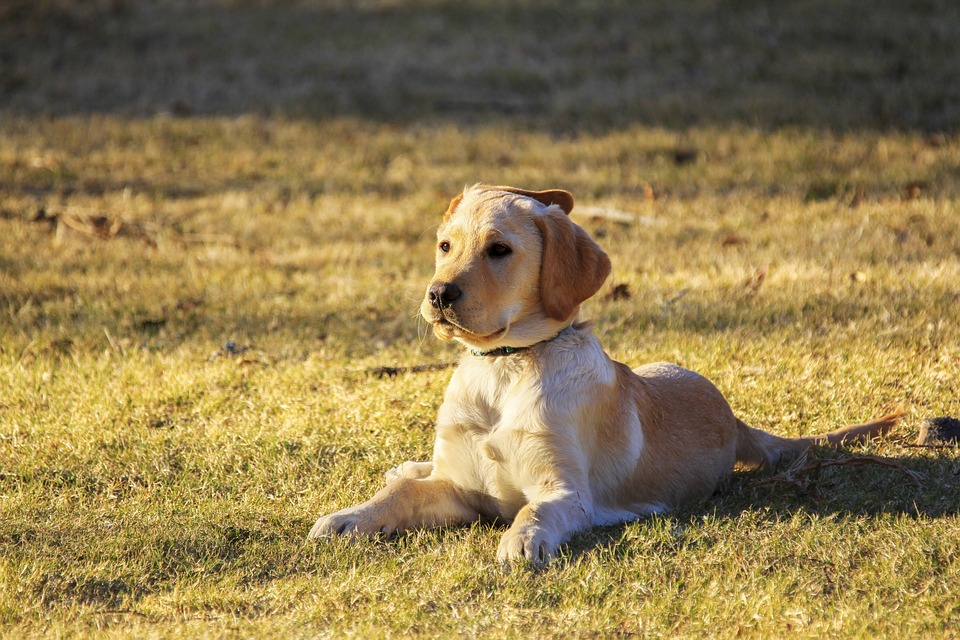Training a large dog breed can be a challenging endeavor, but with the right knowledge and techniques, it can also be incredibly rewarding. These magnificent canines have unique needs and characteristics that require specialized training methods. In this ultimate guide, we will provide you with valuable insights and tips to help you train your large dog breed effectively. Whether you’re dealing with basic obedience commands or specific behavior issues, this comprehensive guide will equip you with the tools you need to foster a well-trained and well-behaved companion.
Understanding the Importance of Training
Training is essential for large dog breeds for several reasons. Firstly, it helps establish boundaries and sets clear expectations for behavior. A well-trained dog is less likely to engage in destructive or aggressive behavior, making them easier to manage and live with. Additionally, training provides mental stimulation for these intelligent and active breeds, preventing boredom and promoting overall well-being. Lastly, training helps build a strong bond between you and your dog, creating a trusting and respectful relationship.
Basic Obedience Training
Basic obedience training is the foundation for any well-behaved dog, regardless of size. Teach your large dog breed fundamental commands such as sit, stay, down, and come. These commands will ensure your dog listens and follows instructions in various situations. Effective leash training is also crucial for large dogs, as they have the strength and size to overpower their handlers. Mastering the art of recall is another vital skill that can potentially save your dog’s life. Additionally, training your dog to walk politely on a leash will make walks more enjoyable for both of you.
Advanced Training Techniques
Once your dog has mastered basic commands, you can move on to more advanced training techniques. Teach your dog more complex commands such as heel, leave it, and drop it. Introduce agility training to provide mental and physical stimulation. This activity is especially beneficial for large breeds that have high energy levels. Consider training your dog for specific activities such as search and rescue or therapy work if they exhibit a particular aptitude or interest.
Addressing Behavior Issues
Large dog breeds may face specific behavior issues that need to be addressed through training. Leash pulling and jumping up on people are common problems that can be managed with consistent training and positive reinforcement. Separation anxiety is another issue that may affect large breeds, and training can help them cope with being alone. Addressing aggression and dominance issues is crucial to ensure the safety of your dog and those around them. Lastly, curbing excessive barking and destructive behavior can be achieved through training and providing appropriate outlets for your dog’s energy.
Socialization and Introducing Large Dogs to New Experiences
Socialization is essential for large dog breeds to ensure they are well-behaved and comfortable in various environments. Properly socialize your dog with other dogs and people by introducing them to different social situations gradually. Expose your dog to different environments to prevent fear or anxiety in new situations. This will help your dog become a confident and well-adjusted companion.
Training Tips for Specific Large Dog Breeds
Different large dog breeds may have specific training considerations and challenges. German Shepherds, Great Danes, and Rottweilers, for example, have different temperaments and energy levels that require tailored training approaches. Research and understand the unique needs of your specific breed to ensure effective training.
Conclusion
Training large dog breeds requires dedication, patience, and a deep understanding of their unique needs. By following the tips and techniques outlined in this ultimate guide, you’ll be well-equipped to train your large dog breed effectively. Remember, training is an ongoing process, and consistency coupled with positive reinforcement will lead to a well-trained and well-behaved companion for life. Seek professional help if needed, and enjoy the journey of training and bonding with your magnificent furry friend.









